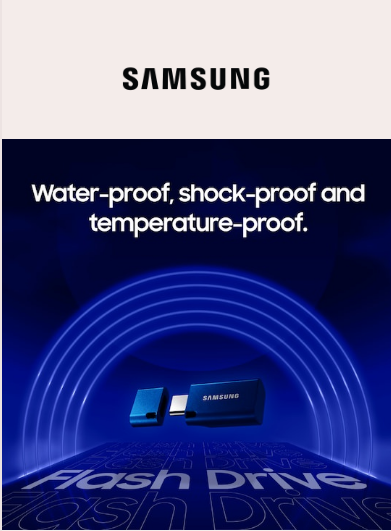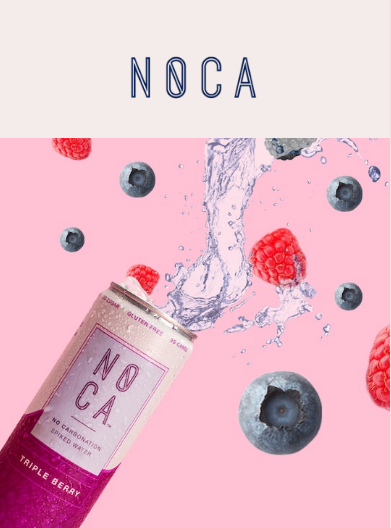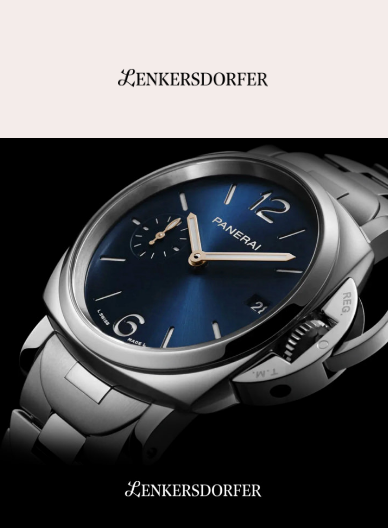Which brands made it to the top 25 list?
According to Interbrand, the top 25 most valuable brands in 2024 are: Apple, Microsoft, Amazon, Google, Samsung, Toyota, Coca-Cola, Mercedes-Benz, McDonald’s, BMW, Louis Vuitton, Tesla, Cisco, Nike, Instagram, Disney, Adobe, Oracle, IBM, SAP, Facebook, Hermès, Chanel, YouTube, and J.P. Morgan.
To establish its rankings, Interbrand relies on a three-pillar methodology:
1. Financial Forecast: This measures the economic return that the brand generates for its investors or its economic profit.
2. Role of Brand: This indicator assesses the brand’s influence on consumer purchasing decisions as opposed to other marketing factors (for example: price, product features).
3. Brand Strength: This aspect examines a brand’s ability to create loyalty and sustain ongoing demand in the future.

Insight #1: The increased focus on short-term performance marketing has cost brands trillions
By prioritizing performance marketing over long-term brand investment, the world’s most valuable brands have lost approximately $3.5 trillion in cumulative brand value.
Insight #2: The branding landscape is navigating a completely new terrain
The competitive landscape has changed a lot from the past when businesses experienced long periods of stability between disruptions. Now, disruptions happen all the time, creating an environment that is in perpetual motion and uncertain.
Insight #3: Competing on product and price alone belongs to the past. Today the brand is the true differentiator.
The product brand is not enough anymore. If businesses and organizations want to truly stand out, they can’t rely solely on product features, prices, or location. This is because today, customers can easily find similar products at competitive prices.
In today’s context, the brand becomes the most important factor that sets a business apart. It’s the one asset that cannot be easily and legally replicated.
Insight #4: The five ingredients for creating brands people desire
Some brands are just things people buy out of commodity, while others are brands that people deeply desire.
So, how do you make people truly desire your brand? According to Interbrand, the secret relies on creating deep connections with people on different levels—sensory, functional, emotional, personal, and even moral. Brands that connect with people in these five ways have the potential to become iconic. The ultimate objective? Making people recognize the brand, enjoy it, and want to see what they do next.
Insight #5: The most successful brands (called Multi Arena brands) are growing through several product categories
In 2024, the top brands globally have established themselves in various competitive arenas that go beyond the traditional industry or product category. Companies like Apple, Ferrari, and Disney shift their positioning from “here’s what we do” to “here’s what we can help you do”. They navigate through different product categories that can achieve this goal.
“When we map the top 25 brands in our Best Global Brands table, we see a significant number of companies that deploy their brand in different ways to traditional category incumbents, unlocking exponential pathways to growth.”
This doesn’t mean that all brands should be present in several industries. However, they should position themselves based on needs rather than categories.
This is not a new concept, but it represents the main success factor shared by today’s top global brands.









